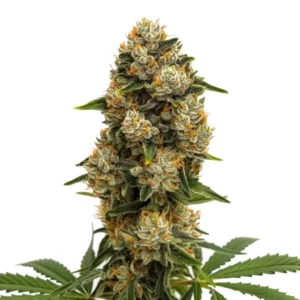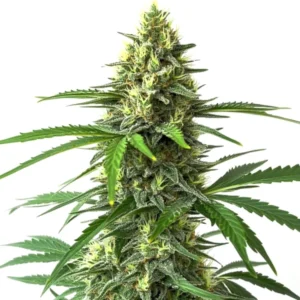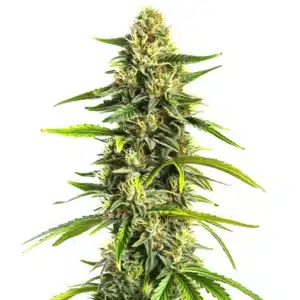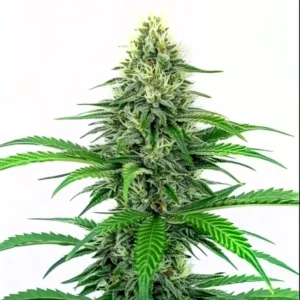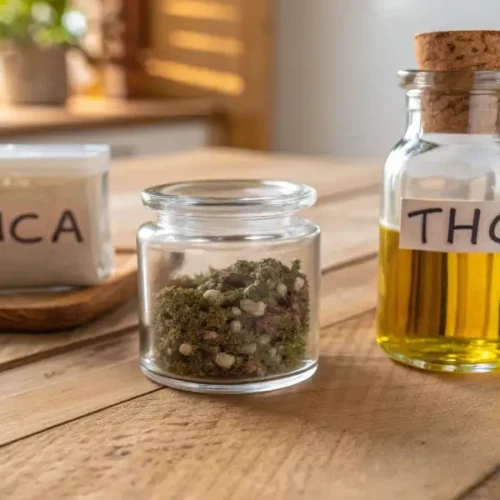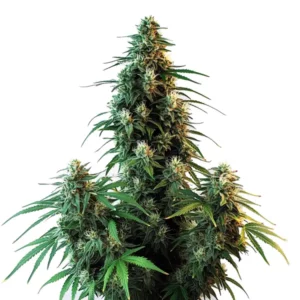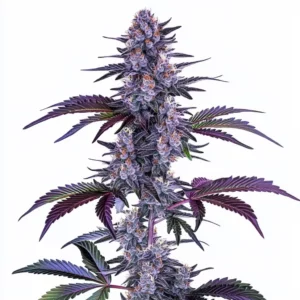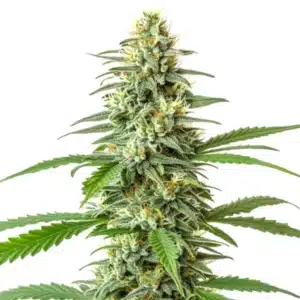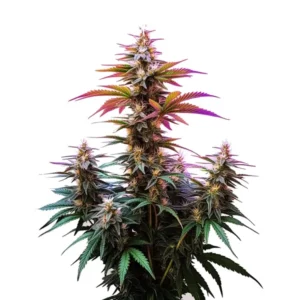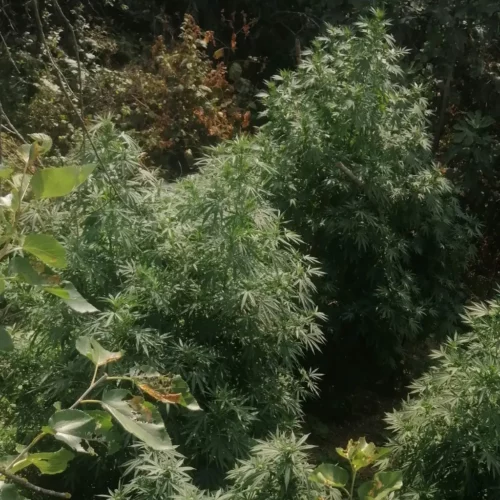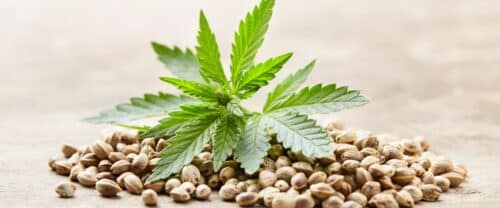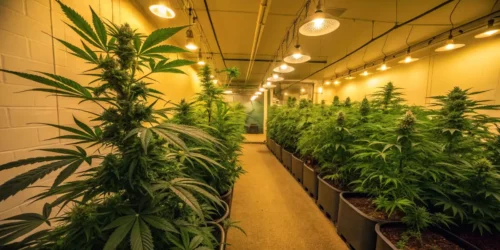When growing cannabis in winter, choosing the right seed is crucial for success. Autoflower seeds are perfect for cold climates because of their unique ability to flower without needing specific light cycles. These strains are not only easy to manage but also naturally resilient, making them ideal for outdoor winter cultivation.
In colder months, the primary challenge is maintaining proper plant health despite lower temperatures and reduced daylight. Autoflowers can adapt well to these conditions, but it’s still essential to plan your growing strategy carefully. By selecting the right strains and providing proper protection, even winter growers can enjoy healthy harvests.
Why Choose Autoflowers for Winter?
Autoflowering cannabis strains are excellent for winter cultivation because they don’t rely on long daylight hours to trigger flowering. Instead, these plants automatically transition into the flowering stage, even in shorter days with less sunlight. This means that despite the limited daylight in winter, autoflowers can still produce a good harvest, making them a top choice for growers in colder climates.
Besides their ability to flower independently of light, many autoflowers possess genetics from the hardy Ruderalis subspecies. These genetics originated in cold regions like Siberia, giving autoflowers a natural tolerance to lower temperatures. Therefore, autoflowering strains are more likely to survive and thrive outdoors in winter compared to photoperiod strains.
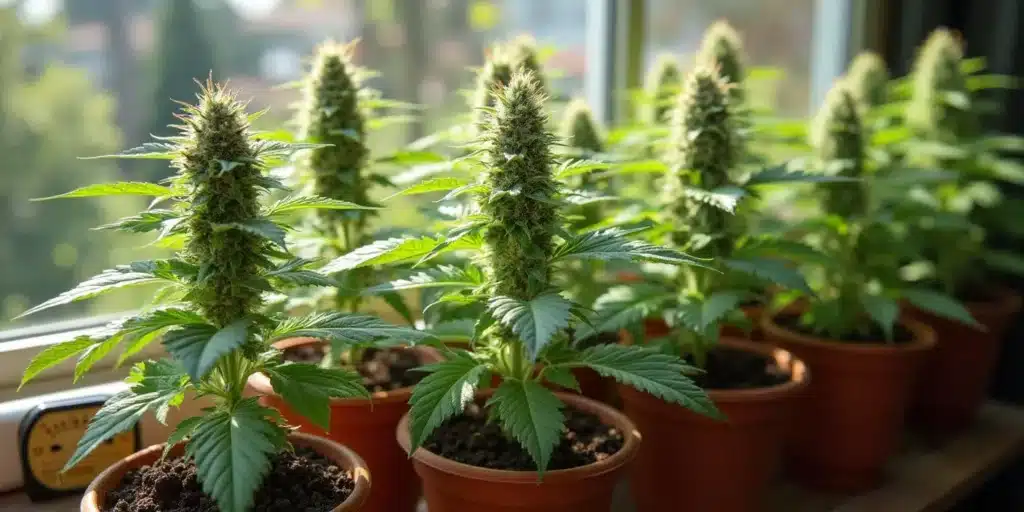
Promos & Deals
Best Autoflower Strains for Cold Climates
Not all autoflower strains can handle the challenges of winter. However, several varieties are known for their cold resistance and ability to produce solid yields despite low temperatures. Here are some of the top choices for winter cultivation:
- AK 47 Autoflower: A robust and resilient strain, AK 47 Autoflower is perfect for cold climates. With a flowering time of 6-8 weeks, this strain is highly suitable for beginners due to its ease of growth. It remains compact, growing up to 1 meter, making it ideal for small spaces and colder outdoor conditions.
- Blueberry Autoflower: This strain, a cross between Blueberry and Ruderalis, is well-adapted to harsher climates. Blueberry Autoflower is compact, easy to grow, and can handle cooler temperatures with a flowering period of 8-10 weeks. Its strong resistance to mold and pests further boosts its suitability for winter growing.
- Blackberry Moonrocks Autoflower: Known for its impressive THC levels of up to 33%, Blackberry Moonrocks Autoflower is another excellent choice for cold weather. This strain grows to about 1.2 meters and has a flowering time of 8-10 weeks. Its strong Indica genetics ensure it can withstand cold and still produce high yields.
In addition to these strains, it’s important to start your seeds indoors where possible to give them a stronger start. Moving them outdoors after the first frost has passed can significantly increase your chances of a successful winter grow.
How to Maximize Yield in Winter
Growing cannabis in winter presents unique challenges, but with the right techniques, you can still achieve impressive yields. One of the best strategies is to provide additional protection to your plants. Greenhouses or plastic covers can help trap heat and protect your plants from cold winds and frost, which are common threats during winter months.
Another essential step is using well-drained soil with proper aeration to prevent waterlogging. Excess moisture during winter can lead to root problems and increase the risk of fungal diseases. Mulching around the base of your plants can also help maintain soil temperature and protect the roots from freezing.
Using supplemental lighting can also be a game-changer for winter growers. If natural light is limited, adding a few hours of LED light each day can help improve photosynthesis and boost plant growth. Additionally, choosing strains with shorter life cycles ensures that your plants can finish their growth before extreme winter conditions set in.
Avoiding Common Winter Pitfalls
While autoflowering strains are more forgiving in colder climates, it’s crucial to avoid common mistakes that can compromise your crop. First, monitor the weather closely, as sudden drops in temperature can stunt growth or even kill your plants. It’s essential to have a backup plan, such as moving your plants indoors during harsh conditions.
Another common issue in winter is humidity control. High humidity levels increase the risk of mold and mildew, especially in greenhouses or plastic-covered areas. Ensuring good air circulation and avoiding overwatering are key to keeping your plants healthy. Water only when the top layer of soil feels dry to the touch to prevent root rot.
Keeping a close eye on pest and disease management is also essential during winter. Pests can be less active in colder temperatures, but mold and mildew thrive in damp, cool conditions. Using natural fungicides and maintaining adequate airflow can help reduce the risk of these problems.
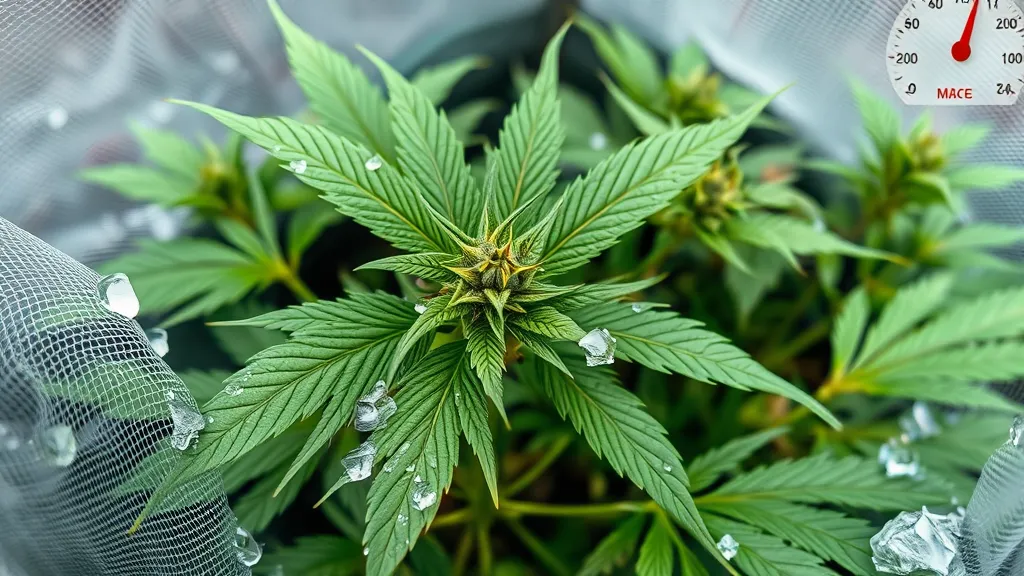
Frequently Asked Questions
Can autoflowers grow outdoors in winter?
Yes, autoflowering cannabis strains can grow outdoors in winter, but it requires careful planning and selecting the right strains. Autoflowers are more resilient than photoperiod plants because they don’t rely on light cycles to transition into flowering. However, the success of growing autoflowers in winter depends largely on how well you protect the plants from harsh environmental conditions like frost, cold winds, and excess moisture. Strains with ruderalis genetics are naturally adapted to thrive in colder climates, making them more suitable for winter growing
To ensure a successful outdoor winter grow, it’s crucial to take extra precautions such as starting seeds indoors and transplanting them outside only after the risk of frost has passed. Additionally, utilizing greenhouses, plastic covers, or temporary shelters can help maintain warmth around the plants. Keep in mind that even with these efforts, growth may be slower due to reduced daylight and lower temperatures. Despite these challenges, with proper care, autoflowers can yield satisfying results outdoors during winter.
What is the best temperature range for autoflowers in winter?
Autoflowers are capable of surviving in cooler temperatures, but the ideal range for them to thrive is between 18°C and 22°C during the flowering stage. They can tolerate temperatures as low as 16°C, but anything below this may cause the plant’s growth to slow down significantly. In colder temperatures, particularly below 10°C, the plant’s ability to absorb nutrients and carry out photosynthesis diminishes, which can negatively affect both the yield and quality of the buds.
To maintain optimal growing conditions in winter, you may need to introduce additional measures such as insulating the soil with mulch or using a greenhouse to retain heat. If growing outdoors, keeping an eye on the local weather is crucial, as unexpected cold snaps could lead to frost damage. If temperatures drop too low, consider moving plants indoors temporarily or adding external heat sources like heating mats.
How do I protect autoflowers from frost?
Frost is one of the biggest challenges when growing autoflowers outdoors in winter. Frost can cause severe damage to cannabis plants by freezing the water in their cells, which leads to the rupture of cell walls, ultimately stunting growth or killing the plant. There are several strategies to protect your autoflowers from frost:
Mulching: Apply a thick layer of organic mulch around the base of the plants to insulate the soil and keep the roots warm. Mulch also helps retain soil moisture and reduce temperature fluctuations.
Plastic Covers or Greenhouses: Using clear plastic covers, small hoop houses, or greenhouses can create a microclimate that retains heat and shields plants from direct exposure to cold winds and frost. These covers also help extend the growing season by maintaining higher temperatures inside.
Supplemental Heating: In regions where extreme cold is a regular occurrence, you may need to add supplemental heating sources like heating lamps or mats to keep the temperature within the optimal range. However, this is more applicable for indoor or greenhouse growing setups.
Additionally, try to avoid watering the plants late in the evening during winter, as this can increase the risk of frost damage. Water your plants early in the day, giving them time to absorb the moisture before temperatures drop at night.
Can I expect high yields from autoflowers in winter?
While autoflowers can grow in winter, the yields may not be as high as those achieved during warmer months with longer daylight hours. The reduced sunlight and colder temperatures can slow down the growth process, leading to smaller plants and, consequently, smaller yields. However, by selecting the right strains and optimizing growing conditions (such as using supplemental lighting, providing adequate protection, and ensuring the soil remains warm), you can still achieve respectable results.Autoflowers are bred to be hardy and adaptable, but the quality of the harvest will depend on the care and attention given to the plants throughout the growing cycle. For instance, if you manage to maintain a temperature range of 18-22°C and provide enough light, you can expect higher yields even during winter. Additionally, using short-cycle strains that flower quickly can help you complete the growing cycle before the harshest winter conditions set in.

